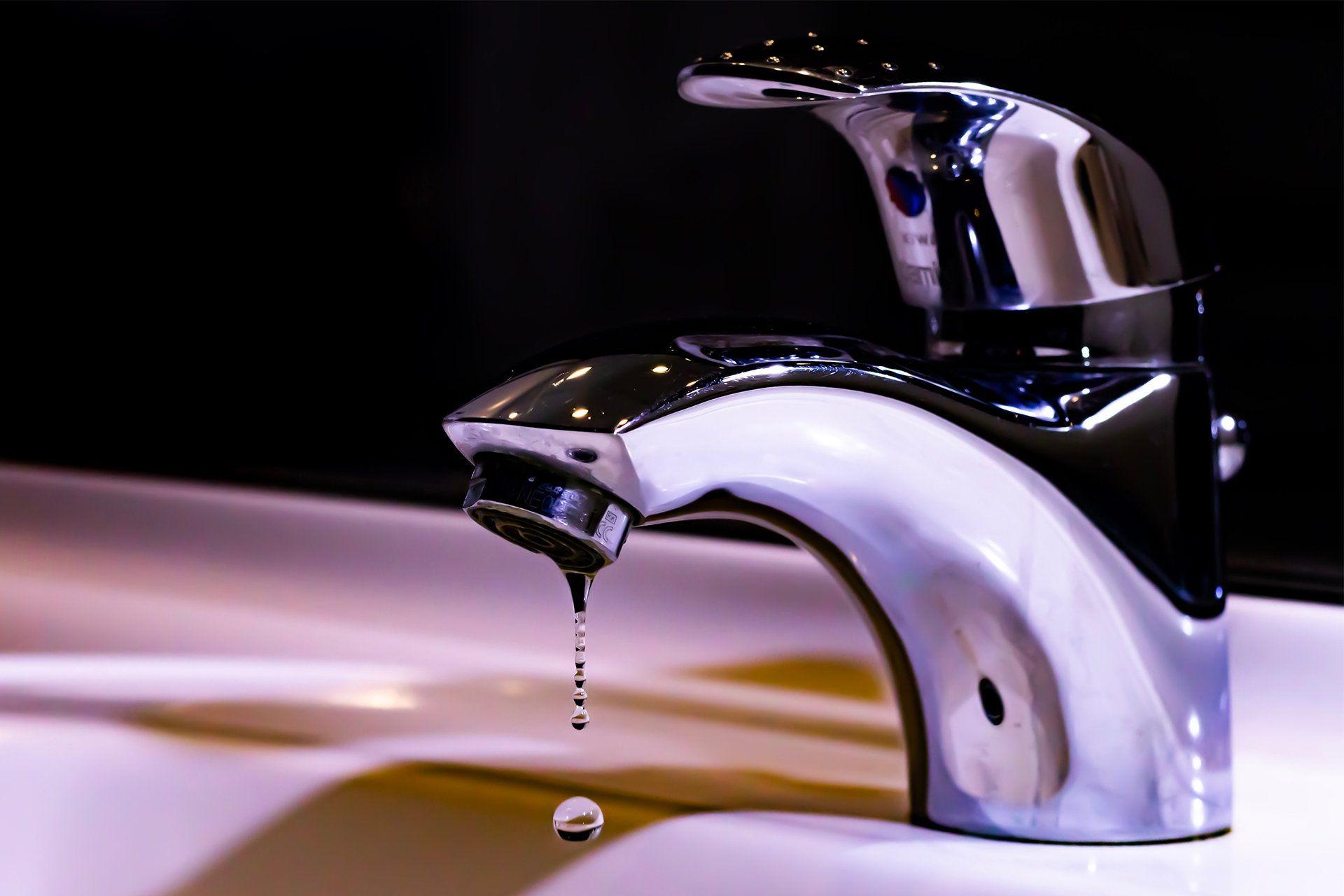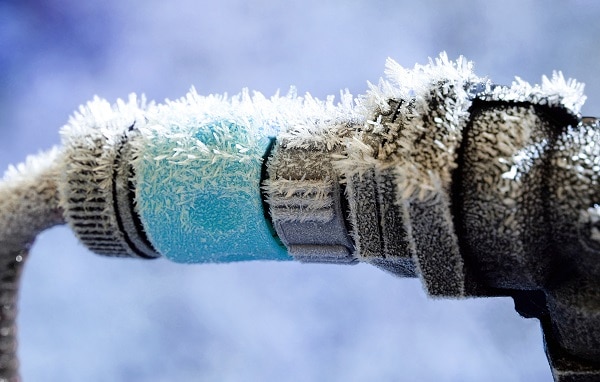Useful Tips for Winterizing Your Plumbing and Protecting Against Freezing Temperatures
Useful Tips for Winterizing Your Plumbing and Protecting Against Freezing Temperatures
Blog Article
Were you in search of answers concerning Winterizing Your Pipes?

All house owners who live in warm environments have to do their ideal to winterize their pipelines. Failure to do so can mean disaster like frozen, cracked, or burst pipelines.
Attempt a Hair Dryer or Heat Weapon
When your pipes are virtually freezing, your dependable hair dryer or warmth gun is a blessing. If the warm towels do not help displace any type of settling ice in your pipes, bowling hot air straight into them might help. However, do not utilize various other items that produce direct fires like an impact torch. This can lead to a larger catastrophe that you can not control. You may wind up harmful your pipelines while attempting to thaw the ice. And also over time, you might also end up burning your residence. So beware!
Open Up Cupboard Doors Hiding Plumbing
When it's cold outside, it would certainly be helpful to open up cabinet doors that are camouflaging your pipelines. Doing this tiny trick can keep your pipelines cozy as well as limit the possibly hazardous results of freezing temperatures.
Take Some Time to Wrap Exposed Pipeline
One very easy and also cool hack to warm up cold pipelines is to cover them with warm towels. You can cover them initially with towels. After protecting them in place, you can put boiling water on the towels. Do it slowly to allow the towels soak up the fluid. You can also utilize pre-soaked towels in hot water, just don't fail to remember to put on protective handwear covers to safeguard your hands from the warm.
Activate the Faucets
When the temperature decreases as well as it seems as if the freezing temperature will last, it will certainly aid to switch on your water both inside your home and also outdoors. This will maintain the water moving via your plumbing systems. Additionally, the movement will certainly decrease the cold process. Significantly, there's no need to turn it on full force. You'll wind up losing gallons of water in this manner. Rather, aim for concerning 5 declines per min.
Shut down Water When Pipelines are Frozen
If you notice that your pipelines are entirely frozen or almost nearing that phase, transform off the primary water valve promptly. You will typically find this in your cellar or laundry room near the heating system or the front wall surface closest to the street. Transform it off as soon as possible to avoid further damages.
Don't neglect to shut external water resources, also, such as your hookup for the garden home. Doing this will certainly stop additional water from filling out your plumbing system. Unfortunately, with even more water, even more ice will certainly accumulate, which will ultimately lead to break pipes. If you are uncertain regarding the state of your pipelines this winter months, it is best to call a professional plumber for an inspection. Taking this aggressive strategy can conserve you thousands of dollars in repairs.
All homeowners that live in warm environments must do their best to winterize their pipes. Failure to do so can lead to catastrophe like icy, cracked, or burst pipelines. If the hot towels do not aid remove any kind of resolving ice in your pipelines, bowling warm air directly right into them might aid. Turn off the main water shutoff immediately if you notice that your pipes are entirely frozen or virtually nearing that phase. With more water, more ice will pile up, which will at some point lead to break pipes.
PREVENT YOUR PIPES FROM FREEZING THIS WINTER
A Leading Cause of Property Damage
When the weather is taking a deep nose dive into the cold dreary days, the risk of your pipes freezing and potentially bursting skyrockets. Unfortunately, during these cold dreary months, burst pipes are the most common denominator for property damage. The pipes that are most at the risk are those that are in areas where it is most cold in your home. For instance, pipes located in interior places such as basements, attics, and your garage. Unfortunately, that doesn’t mean that the pipes running through your cabinets or exterior walls can’t freeze. Good news, however, is that you can do things to help prevent pipes from freezing.
How to Prevent Pipes From Freezing
Once the temperature starts to drop during the winter, you should be taking the proper measures needed to ensure that your pipes stay warm and that there is circulation of water through them. Some steps that experts may recommend could go against your better judgement when it comes to saving water and heat. However, it would go without saying that when expenses are compared, damaged pipes could put a bigger dent in your wallet than a water bill.
What Can I Do?
Keep your garage door closed. This is very important, especially if you have water supply lines running through your garage. Open your kitchen and bathroom cabinets to allow warm air to circulate through them. Allow air circulation throughout your home. Keeping the interior doors open will once again allow the warm air to circulate inside your home. Ensure your thermostat is running the same temperature throughout the night and day. If you plan to be away from home during the cold months, set your temperature no lower than 55° F. This should provide enough heat to keep the pipes warm and prevent any remaining water inside the pipes from freezing. For more of a long-term solution, add insulation to attics, basement, and other crawl spaces around your home. By allowing your faucet to drip, it will alleviate pressure in the system. This is important because the pressure that is created between the blockage and the faucet can potentially cause the pipes to burst. Allowing the faucet to drip will prevent the pressure from building up, therefore keeping the pipes from bursting. Seal any cracks, openings, and crawl spaces around your home to prevent cold air from coming inside. This keeps your pipes-not to mention your home-warmer and less susceptible to issues caused by freezing temperatures. For the pipes in your home that are easily accessible, applying electrical tape to them might prevent them from freezing over. This is a quick fix, as you can apply the tape directly to the pipe. There are two options for heating tapes. One turns on and off by itself when it senses heat is needed. The other type of heating tape needs to be applied when heat is needed and removed when not necessary. If you have exposed pipes in your home, you can check this website to take a look at a few options that would be available at a shop near you.

We had been introduced to that write-up on How to Prevent Frozen Pipes through an associate on another web page. Please set aside a second to promote this entry if you liked it. Many thanks for taking the time to read it.
Estimate Report this page